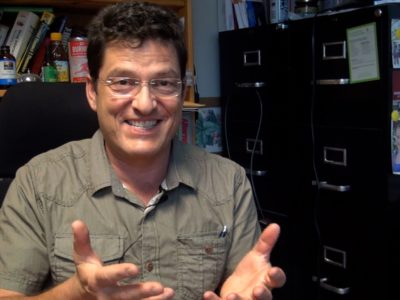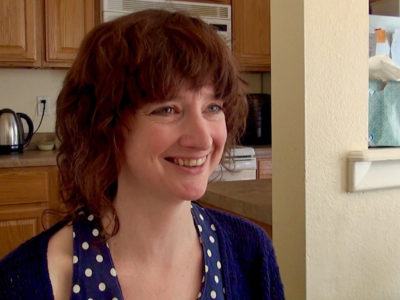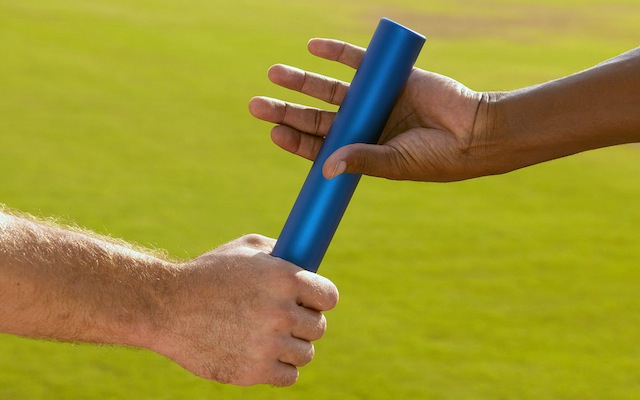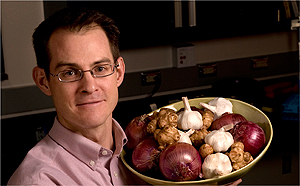It’s supposed to be impossible to reverse Type 1 diabetes, which is a form of diabetes where the Beta cells in the pancreas, which produce insulin, are basically stressed to death or at least, into paralysis. All this means a Type 1 diabetic loses the ability to produce life-giving insulin. A Type 1 diabetic must survive by injecting insulin for the rest of his/her life. At least, that’s the conventional view. And while it MIGHT be true, what about exceptions?
Michelle is a college student who was first diagnosed as a Type 1 Diabetic in May 2008. She tracked changes in her Type 1 Diabetes symptoms after switching to a diet that’s much different from how most Americans eat, and also a huge change from how the American Diabetes Association tells diabetics to eat. For roughly 2 years, Michelle said it was still touch-and-go, how she’s doing, but overall, she’s much, much better than when she was first diagnosed. Naysayers would say that Michelle is in a honeymoon period, where things get better for a Type 1 diabetic before they get worse. But that “honeymoon” period usually lasts less than a year, and it’s nearly 2 years since Michelle was first diagnosed.
However, in March 2010, she posted a blog report that she was back on insulin, with this report:
I’m back on insulin and I quit the paleo diet.
I’m back…
Sorry everyone for the lack of blogging, but this is probably my last one.
I’m back on insulin and I quit the paleo diet.
In that blog post, she explains that for her, compliance was too challenging, and while it may have helped extend her honeymoon period away from insulin, she didn’t think that in the long run, paleo worked successfully for her . . . although she does still try to keep her diet lower in carbs than the average American, it seems . . .
In Michelle’s case, she cut back enormously on foods that turn into sugar in her body, and she worked to avoid inflammatory triggers such as grains and dairy. She was basically following Loren Cordain’s Paleo diet. Thanks to Loren for passing this on. To learn more, visit Michelle’s website.







4 comments for “Reversing Type 1 Diabetes with Diet – Another Case Study”